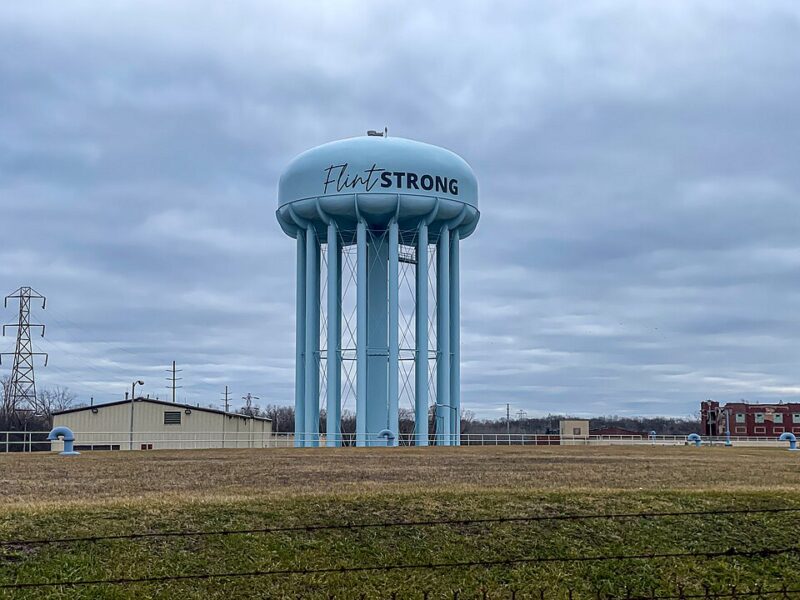More than 10 years later, Flint declares its water safe after replacing lead pipes, but health issues and doubts persist
Share
Explore Our Galleries
Breaking News!
Today's news and culture by Black and other reporters in the Black and mainstream media.
Ways to Support ABHM?
By Nicquel Terry Ellis, CNN

Melissa Mays said she may never trust the water from her Flint, Michigan, tap again.
In the 11 years since the city’s historic water crisis, Mays said she has battled Legionnaires’ disease, autoimmune and seizure disorders, high blood pressure, and other illnesses. Her youngest son, now 21, experienced speech delays as a child after unknowingly drinking lead-poisoned water, she added.
Mays still believes the plumbing lines in her neighborhood are contaminated. The water from her faucets is often yellow and has a foul smell unless it is filtered, she said.
So when Michigan submitted a progress report to a federal court in July stating it had completed the replacement of 11,000 lead pipes, restored 28,000 damaged properties, and the US Environmental Protection Agency lifted its emergency order on Flint’s drinking water earlier this year, Mays said she remained skeptical.
Mays is among many Flint residents who said they have lost faith in lawmakers and elected officials after the water crisis devastated their community in 2014, and they still refuse to drink or bathe in the water without a filter.
“Flint is not fixed,” said Mays, a leading activist in the fight for clean, safe drinking water in Flint. “And we are not going to shut up and go away. Fix us properly because it’s the right thing to do.”









Comments Are Welcome
Note: We moderate submissions in order to create a space for meaningful dialogue, a space where museum visitors – adults and youth –– can exchange informed, thoughtful, and relevant comments that add value to our exhibits.
Racial slurs, personal attacks, obscenity, profanity, and SHOUTING do not meet the above standard. Such comments are posted in the exhibit Hateful Speech. Commercial promotions, impersonations, and incoherent comments likewise fail to meet our goals, so will not be posted. Submissions longer than 120 words will be shortened.
See our full Comments Policy here.